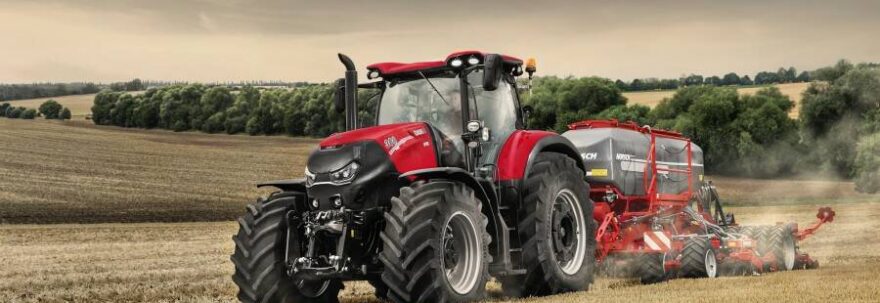Hello friends, this week I am going to translate a news item from the Valenciaplaza newspaper about the situation of agriculture in the EU.
An autumn with temperatures of 30 degrees and the high price of energy, shot up since last year, warn of the fall in agri-food production in fields and farms in the European Union (EU). The European Parliament will debate a Commission report, in which the General Directorates for Energy and Agriculture (DG ENER and DG AGRI) warn of supply problems for the population.
Production costs in the European agri-food sector have increased dramatically in recent years. Increases in natural gas, electricity, fertilizer and fuel prices were initially due to the post-Covid recovery and supply chain constraints. They are now exacerbated by the war in Ukraine. MEPs from AGRI and the Commission (DG AGRI and DG ENER) will discuss the situation and its impact on the EU agri-food chain and consider possible mitigation measures.
The EU agri-food sector is facing rising commodity prices, in particular due to the recovery of the EU, US and Chinese economies. Rising energy and transportation prices, and the fallout from the spread of the Delta variant of covid-19, particularly in Asia, are having a disruptive impact on supply chains around the world.
In this context, the report published in October by the European Commission, presents a detailed overview of the latest trends and additional perspectives for each of the agri-food sectors covered.
Citrus production will suffer a drop, with a 3% decrease for the EU orange production, which will reach 6.4 million tons. This is essentially due to a drop in Italian production due to adverse weather conditions. However, the warm temperatures are delaying the commercialization of the Valencian production, which needs cold to mature, so they remain on the trees.
EU olive oil production is forecast to be 2 million tons, the same level as last year. The forecast of a good year was hampered by a hot and dry summer in some producing countries. EU exports are expected to increase and may reach 860,000 tons.
EU cereal production is on the rise, with a projection of 294.8 million tons for 2021/22, an increase of 5% compared to last year. This growth is mainly supported by the recovery of wheat production, estimated at 131 million tons, 11.9% more than last year. With high prices and favorable conditions for pasture in the EU, cereal feed use is expected to be stable at 162.2 million tons.
The situation in the markets for animal products is mixed. Prices in the beef, poultry and dairy sectors are good. However, with rising food and input prices, growers’ margins could be squeezed. Large dairy and beef farms should benefit from good grass availability this year.
EU milk collection is forecast to grow by 0.3%, compared to the previous year. The dairy herd is expected to decline by 0.9%. However, it could be offset by rising returns, 1.3% lower than originally forecast. Currently, cheese remains the main processing option, supported by export growth.
EU beef production is expected to decline moderately on a reduction in the cow herd, coupled with lower demand in foodservice. Exports to high value markets such as Japan, Norway and Hong Kong are increasing, which should lead to an overall increase of 2% for beef exports.
The EU pork market is facing difficulties, with a significant increase in production up to 4.1%, combined with slowing demand. This led to falling prices, when producers are faced with high costs. However, the increase in production is expected to slow down, with annual production growth of 1.7%.
The poultry sector is also experiencing a difficult situation, with lasting effects of avian influenza (AI), lower demand for food services and high feed costs. Production is expected to decline by 0.9% and EU exports are affected by AI-related bans.
Finally, EU sheep and goat meat is facing supply shortages both at EU and global level, leading to high prices. EU production is forecast to increase by 1.3% in 2021. In terms of trade, high prices as well as tight supplies keep products in the EU, limiting trade in sheep meat and goat.



